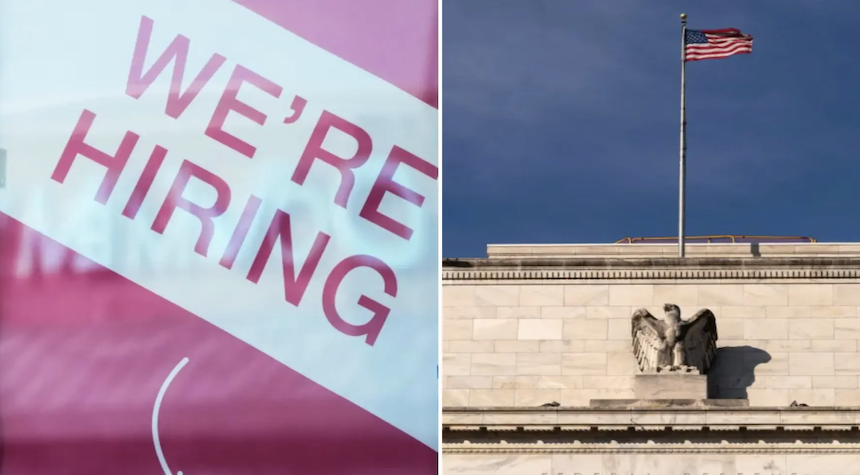The U.S. economy showed resilience against high interest rates in December, as employers unexpectedly added 256,000 new jobs.
The Labor Department announced Friday that the number of jobs increased from 212,000 to 221,000 in November.
It hasn’t always been easy to get a good picture of the U.S. employment market in the last few months.
Hurricanes and Boeing’s big strike threw the October job numbers off, causing them to fall and setting up for a payback recovery in November which likely exaggerated hiring strength.
The December employment numbers provided a more accurate picture of the current situation.

In recent years, both the economy and the job market have displayed surprising resilience. In response to inflation which reached a four-decade-high two and a half years ago, the Fed increased its benchmark interest rate, the fed funds rates, 11 times between 2022 and 2023. This was the highest rate in over two decades.
It was widely believed that the higher borrowing costs would cause a recession, but this did not happen. The economy continued to grow as companies kept hiring and consumers kept spending. The U.S. Gross Domestic Product – the nation’s output of goods, services, and other products – has grown at a rapid annual rate of 3% or higher in four of the five last quarters.
Americans enjoy unusually high levels of job security. The number of layoffs is below the trend before the pandemic. The Labor Department announced on Thursday that only 211,000 people had applied for unemployment benefits in the past week. This is the lowest number of applications in nearly a full year.
The rate of inflation has also fallen from a high of 9.1% in 2022 to 2.7% this November. The Fed was able to reduce rates three times during the last four months of 2024 due to the drop in price increases year-over-year.

Fed officials said at their meeting in December that they would be more cautious with rate cuts for this year. In 2025 they now only expect two rate cuts, down from four that were projected in September. Inflation has stagnated in recent months and remains above the Fed’s target of 2%.
According to FactSet’s survey, the Friday job report will show that hourly average wages increased by 0.3% from November to December 2023. The Fed is sometimes concerned that wage increases will cause inflation, as companies raise prices to pass on higher labor costs.
Nancy Vanden Houten is the lead U.S. economist at Oxford Economics. She stated in a recent commentary that wage growth today is consistent with Fed inflation goals. This is partially because the strong gains in productivity in the United States allow companies to pay more to their employees and make bigger profits without raising prices. Vanden Houten wrote that “earnings growth will not give the Fed any problems.”



